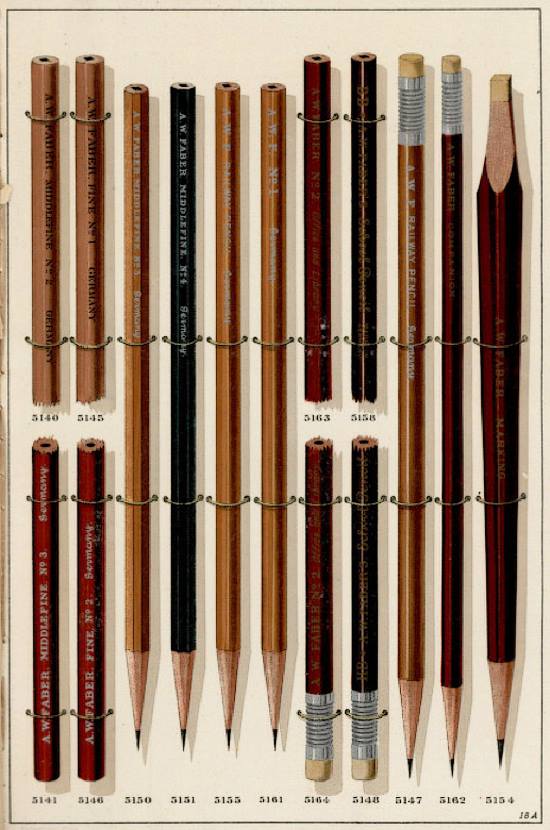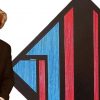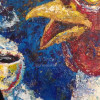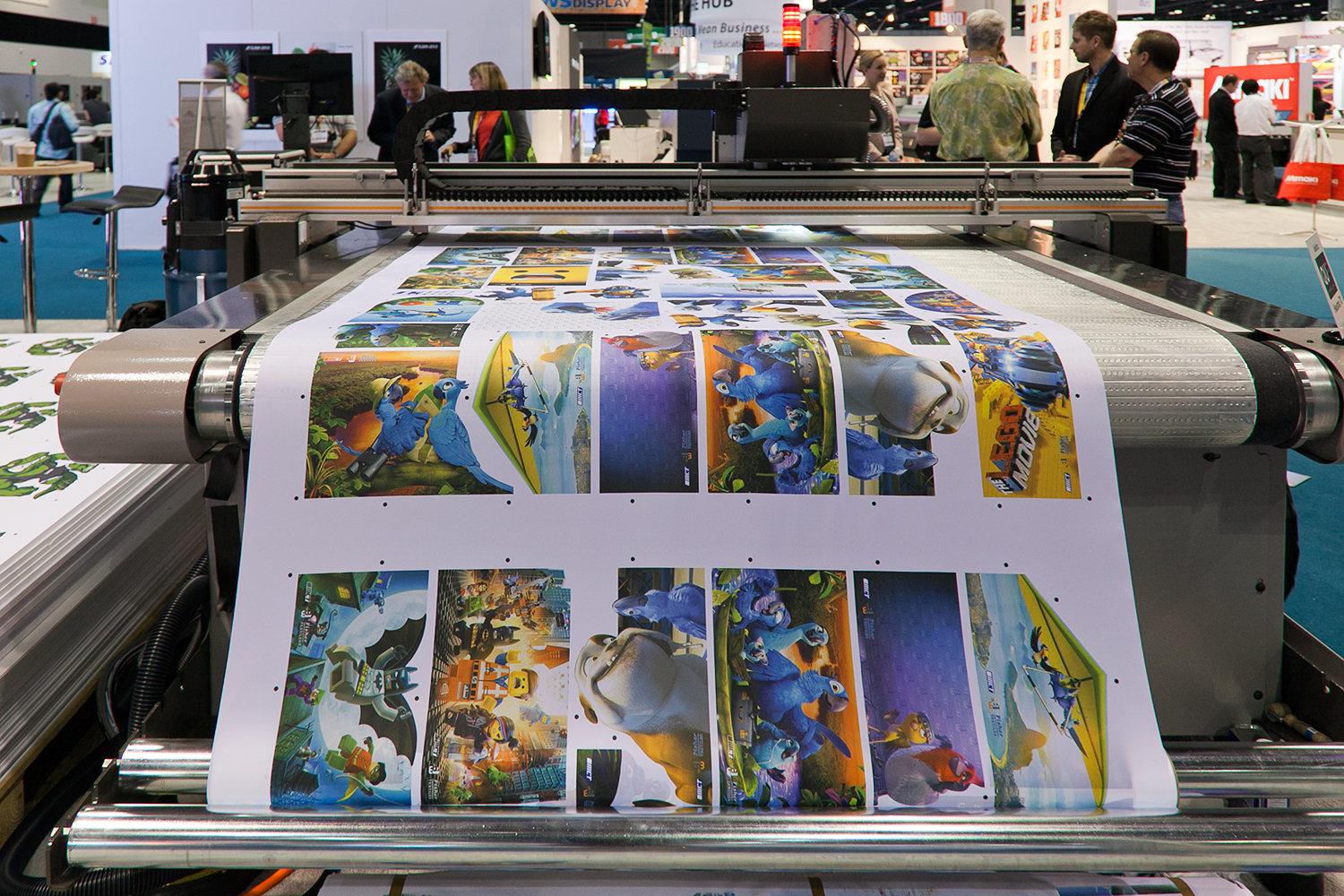
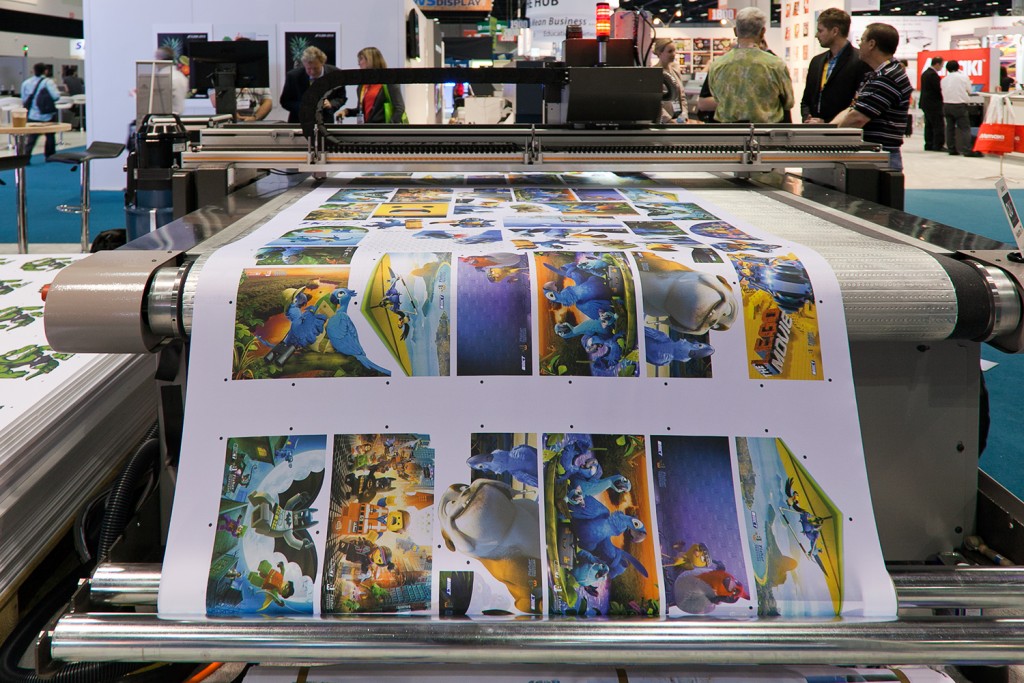
Giclée (/ʒiːˈkleɪ/ zhee-klay or /dʒiːˈkleɪ/) is a neologism coined in 1991 by printmaker Jack Duganne for fine art digital prints made on inkjet printers. The name originally applied to fine art prints created on IRIS printers in a process invented in the late 1980s but has since come to mean any inkjet print. It is often used by artists, galleries, and print shops to suggest high quality printing but since it is an unregulated word it has no associated warranty of quality.
The word giclée was adopted by Jack Duganne, a printmaker working at Nash Editions. He wanted a name for the new type of prints they were producing on the IRIS printer, a large-format, high-resolution industrial prepress proofing inkjet printer they had adapted for fine-art printing. He was specifically looking for a word that would not have the negative connotations of “inkjet” or “computer generated”. It is based on the French word gicleur, which means “nozzle” (the verb form giclermeans “to squirt, spurt, or spray”). An unintended consequence of Duganne’s choice of name was its problematic use in the French language since it is also modern French slang for male ejaculation.
Besides its original association with IRIS prints, the word giclée has come to be associated with other types of inkjet printing including processes that use fade-resistant, archival inks (pigment-based), and archival substrates primarily produced on Canon, Epson, HP and other large-format printers. These printers use the CMYK color process but may have multiple cartridges for variations of each color based on the CcMmYK color model (such as light magenta and light cyan inks in addition to regular magenta and cyan); this increases the apparent resolution and color gamut and allows smoother gradient transitions. A wide variety of substrates is available, including various textures and finishes such as matte photo paper, watercolor paper, cotton canvas, or artist textured vinyl.
From Wikipedia, the free encyclopaedia

